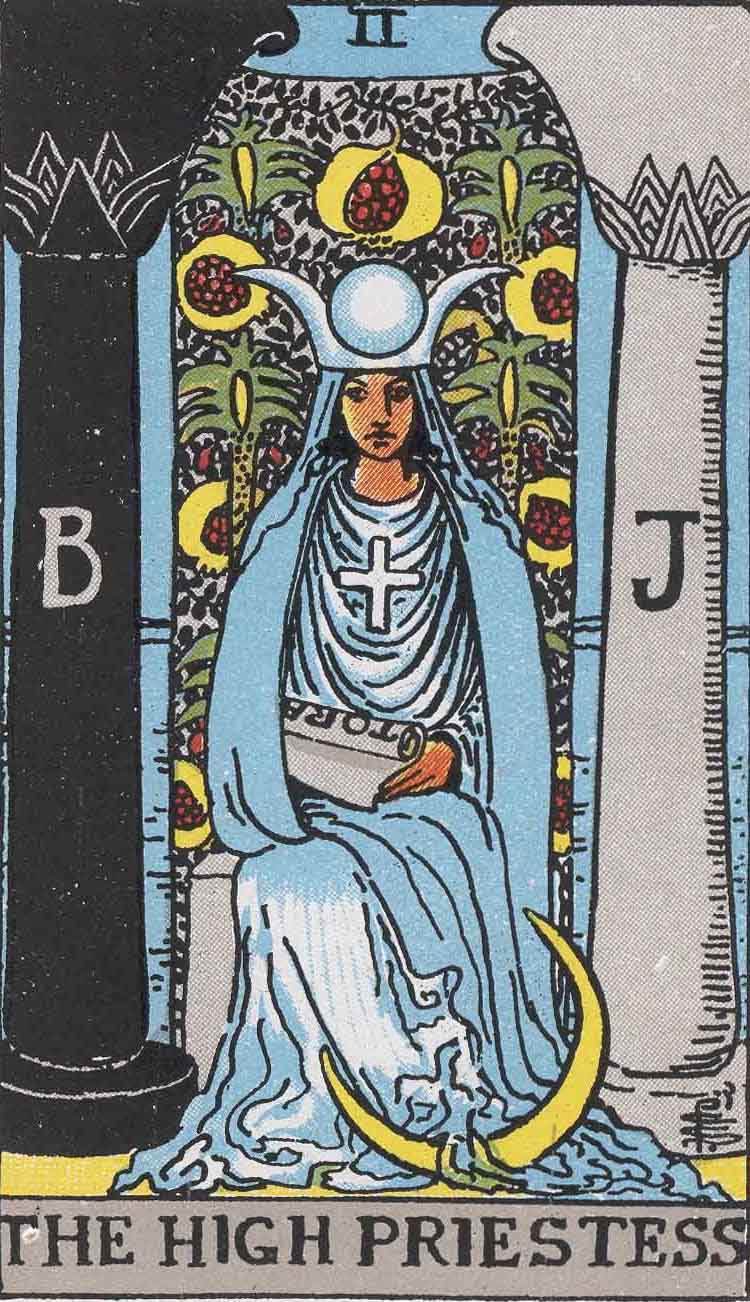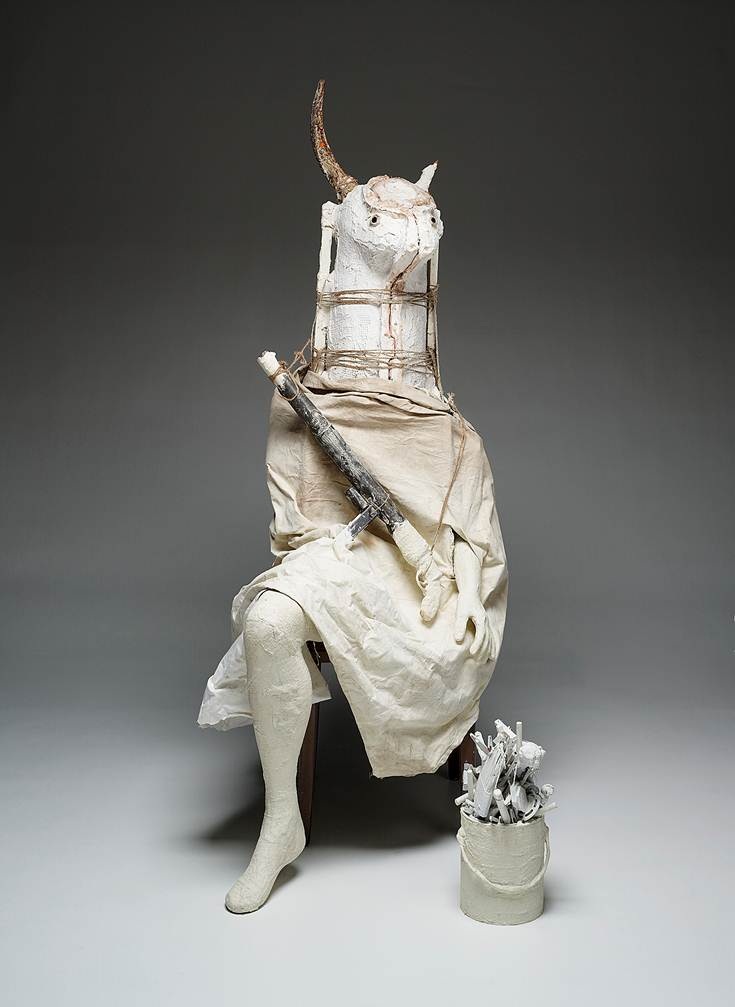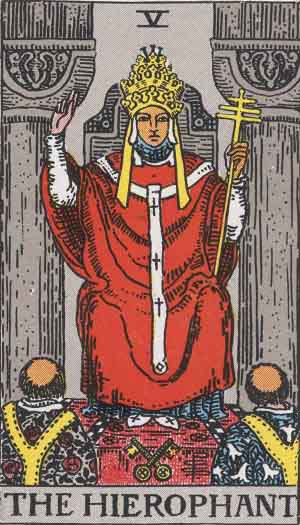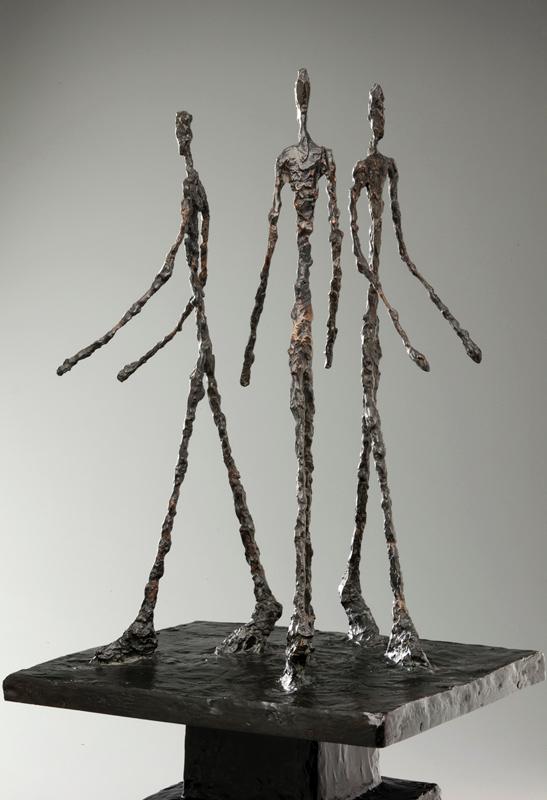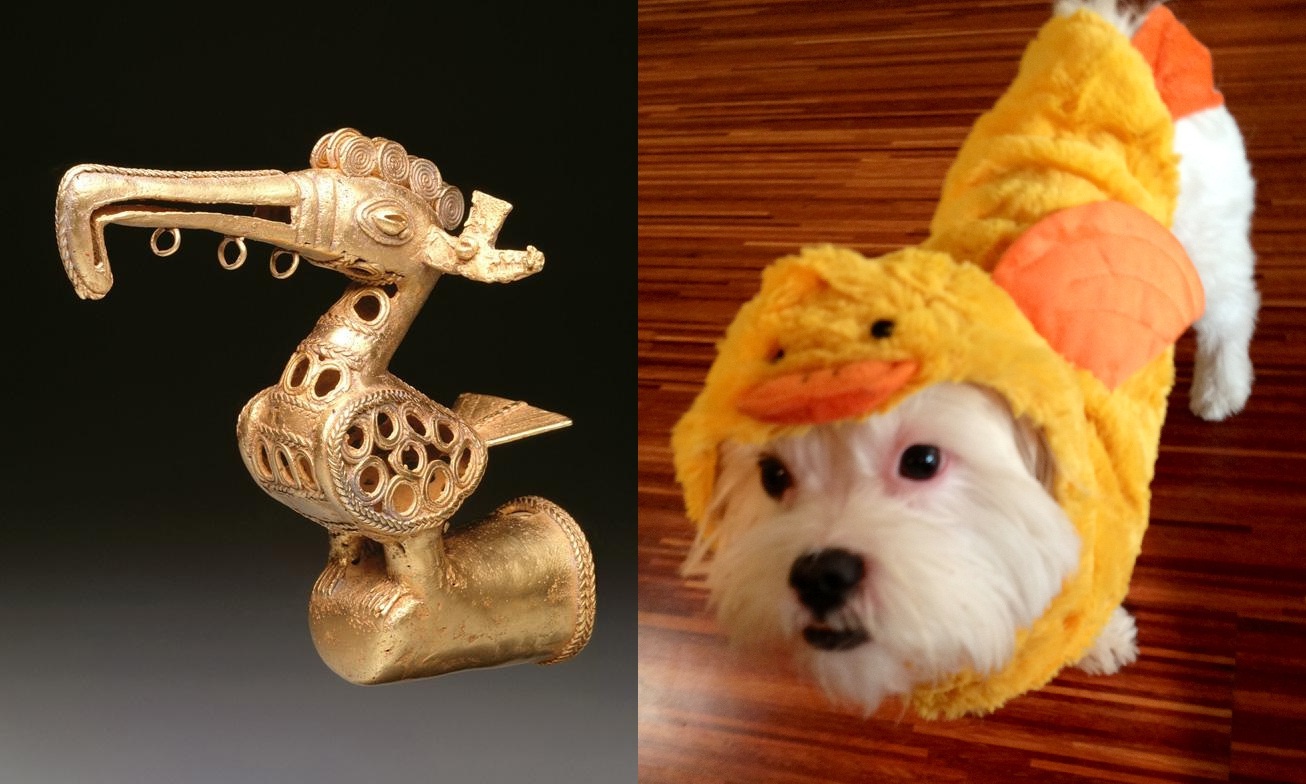Every time I give a tour, there is usually one student who asks if we have any works at the DMA that show Percy Jackson or Poseidon. I began to wonder if our docents were hearing similar questions. I also began to wonder if any of our docents actually knew who Percy Jackson is. I’m always trying to think of new ways to help docents connect with the students on their tours, so I recommended that they read Rick Riordan‘s The Lightning Thief (Percy Jackson and the Olympians Book One) for their book club. I fell in love with this book three years ago, and enjoy referencing it on tours. Students are able to recognize images of the gods based on the descriptions they have read in Rick Riordan’s books. They’re falling in love with Greek mythology, and we have lots of great artworks that can bring Percy’s world to life at the DMA!
Pierre-Victore Ledure’s Mantle Clock with Figure of Perseus show us not Perseus Jackson, but the Greek hero Perseus. In Greek mythology, Perseus, the son of Zeus and Danae, was the hero who beheaded the Gorgon Medusa. Although Percy Jackson also beheaded Medusa, he was the son of Poseidon. In this mantle clock, we see Perseus about to slay a serpent with wings. According to one myth, the Ethiopian princess Andromeda was chained to a rock near the sea in an effort to appease the sea nymphs, who were offended that Andromeda’s mother declared that she was more beautiful than them. Andromeda was to be sacrificed to a sea serpent sent by Poseidon. Perseus happened to be flying by on his winged horse, Pegasus, and he slipped on Hades’ Helm of Darkness and was able to slay the sea serpent. Perseus went on to marry Andromeda and is considered one of the first heroes of Greek mythology.
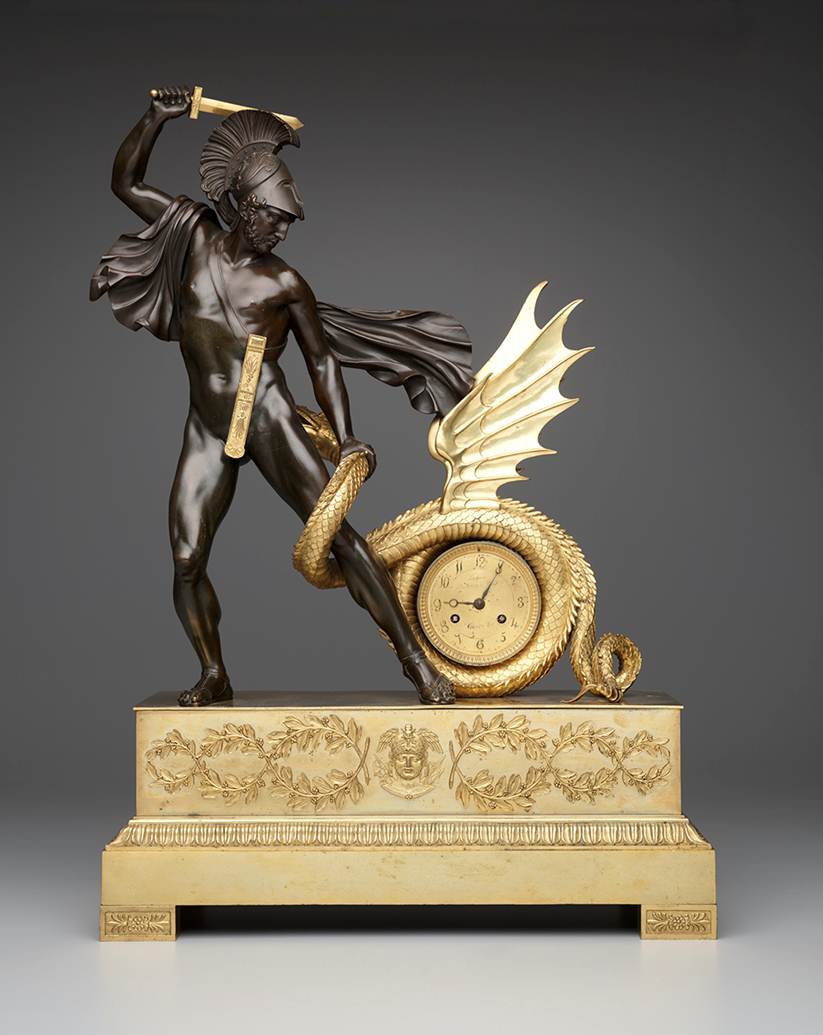
Pierre-Victore Ledure, Mantle Clock with Figure of Perseus, early 19th century, Lent by David T. Owsley, 156.1994.51
When Percy Jackson arrives at Camp Half-Blood, the first creature he faces is the Minotaur. The Minotaur has the body of a man, but the head of a bull, and is one of the most ferocious creatures in Greek mythology. Contemporary artist Marcel Dzama created his own sculptural representation of The Minotaur in 2008. Dzama’s Minotaur is even missing one of his horns–you might remember that the Minotaur’s horn was one of Percy’s most prized possessions.
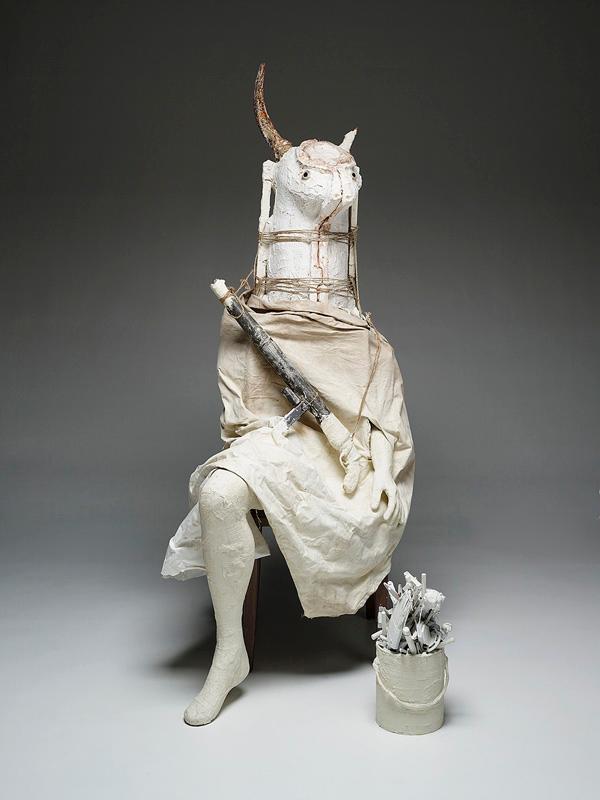
Marcel Dzama, The Minotaur, 2008, Dallas Museum of Art, DMA/amFAR Benefit Auction Fund, 2008.43.2.A-E, © Marcel Dzama
Once he arrives at Camp Half-Blood, Percy learns that his favorite teacher, Mr. Brunner, is actually a centaur named Chiron. Centaurs are creatures that are part human, part horse, and Chiron was considered to be the superior centaur. He was intelligent, civilized, and kind. Chiron taught many of the most famous Greek heroes, including Heracles, Jason, Achilles, and Perseus. Salvador Dalí created this illustration of a centaur when he was illustrating Dante’s Divine Comedy.
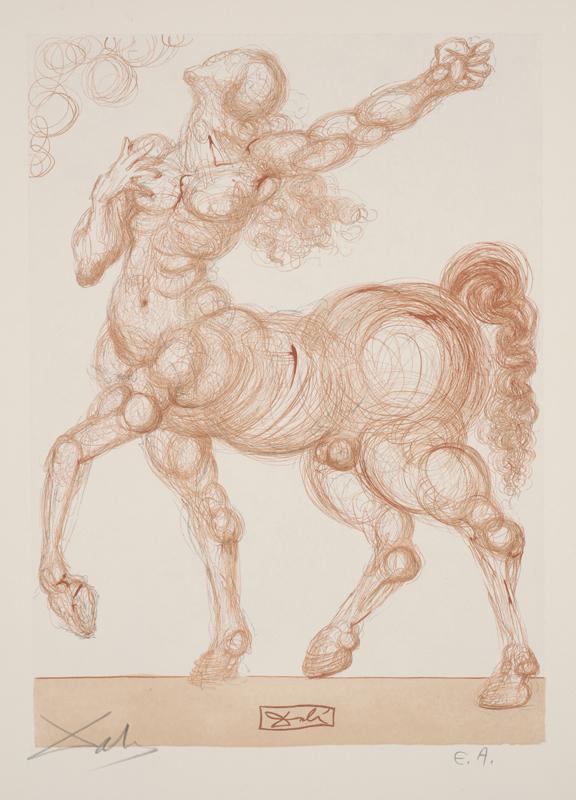
Salvador Dali, Canto 25–The Centaur, c. 1960, Dallas Museum of Art, gift of Lois and Howard B. Wolf, 1996.219.25, © 2008 Salvador Dalí, Gala-Salvador Dalí Foundation/Artists Rights Society (ARS), New York
During Percy’s adventures, he has run-ins with many of the major gods, the Olympians who reside on Mt. Olympus. In ancient times, Mt. Olympus was located in Greece. In the 21st century, Mt. Olympus is located in New York City–on the 600th floor of the Empire State Building! One of my favorite works in the DMA’s collection shows the Olympians surrounding the figure of Apollo. One of our docents told me yesterday that she had a group of students ask her to stop in front of this painting because they wanted to try to identify all of the gods. Moving clockwise around the painting we see: Zeus, the king of the gods, at the top; Athena is to the right wearing her battle helmet; Ares is behind her, also dressed for battle; we recognize Artemis because of the crescent moon in her hair; beautiful Aphrodite wears a golden dress; Hermes carries his caduceus staff; Hera is shown enthroned, as the queen of the gods should be; and Poseidon is shown as an old, bearded man. What I can’t figure out, though, is who the woman in the green dress might be. She’s fully clothed, and there appears to be a building or fortress on top of her head. Do you have any thoughts as to who she might represent?
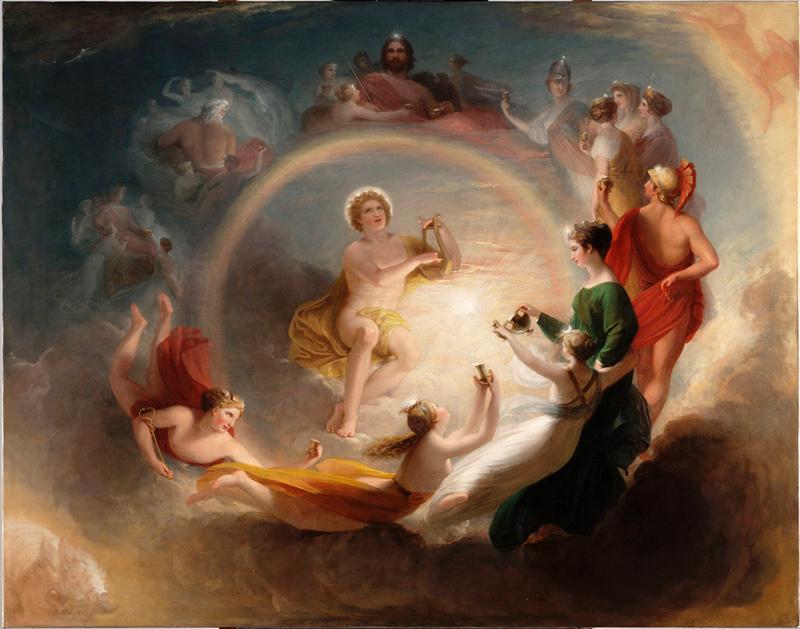
Benjamin West, Apollo’s Enchantment, 1807, Dallas Museum of Art, gift of Mrs. Robert A. Beyers, 1963.167
These are just a few of the wonderful works of art in our collection that relate to Greek mythology and the world of Percy Jackson. I hope you’ll come explore the galleries and find more connections of your own.
Shannon Karol
Manager of Docent Programs and Gallery Teaching
